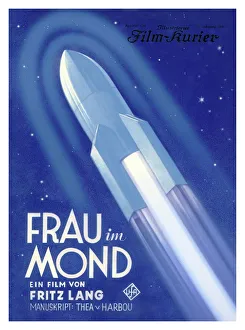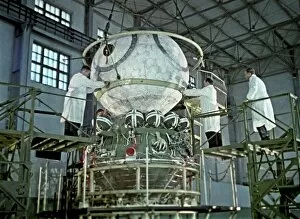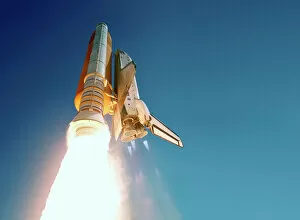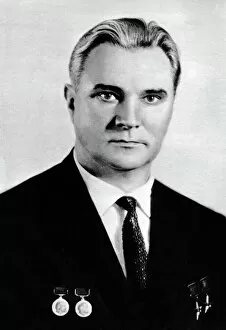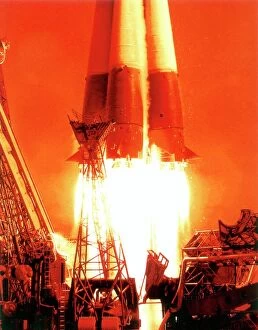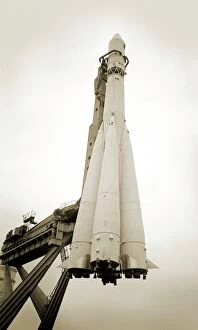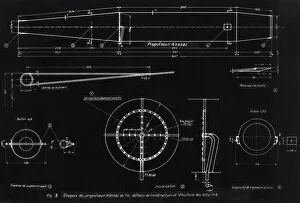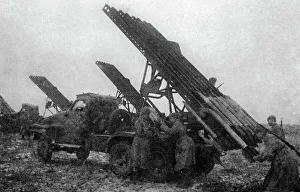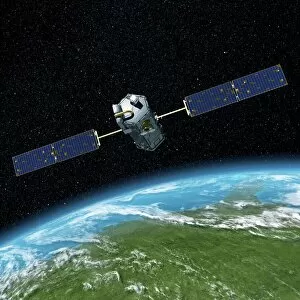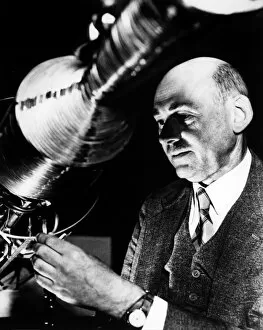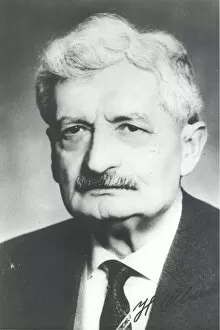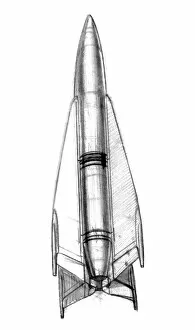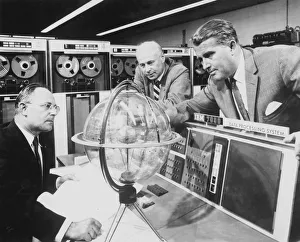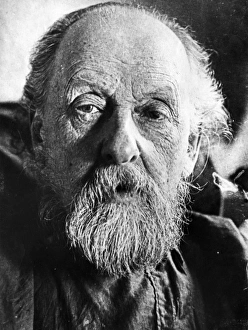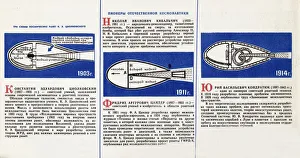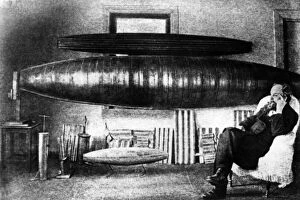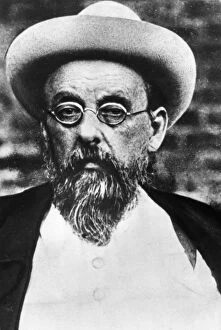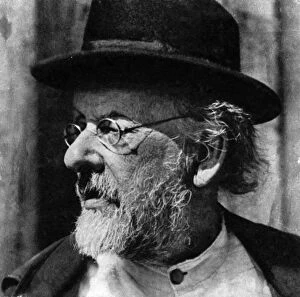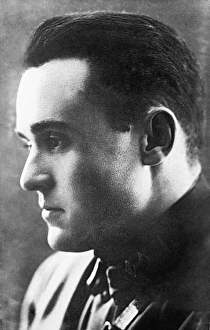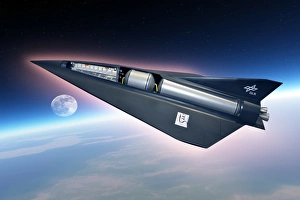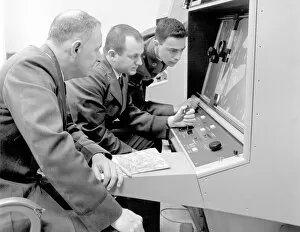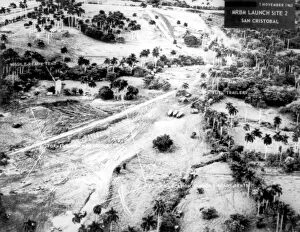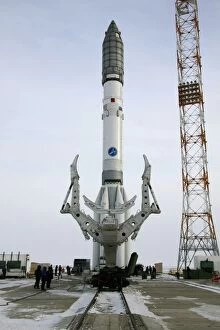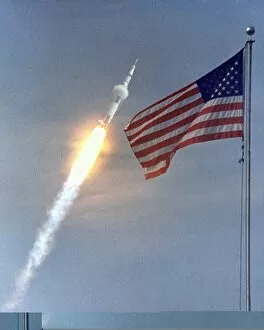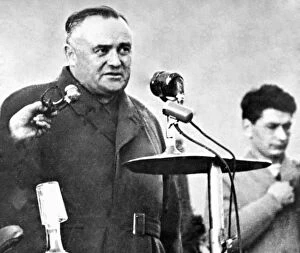Rocketry Collection
Rocketry: A Journey to the Stars Embarking on a captivating journey through time and space, it has shaped our understanding of the universe
All Professionally Made to Order for Quick Shipping
Rocketry: A Journey to the Stars Embarking on a captivating journey through time and space, it has shaped our understanding of the universe. Spearheaded by brilliant minds like Valentin Glushko, the Soviet scientist who revolutionized propulsion systems, this field has propelled humanity into new frontiers. From the installation of the Vostok spacecraft to witnessing awe-inspiring Space Shuttle launches, we have witnessed history in motion. The launch of Vostok 1 spacecraft in 1961 marked a significant milestone as Yuri Gagarin became the first human to orbit Earth aboard this remarkable Soviet creation. Inspired by dreams and imagination, rocketry found its roots even earlier with iconic moments such as Frau im Mond advert in 1929 and Jules Verne's visionary novel "Flight to the Moon. " These glimpses into what was possible ignited an insatiable curiosity within us all. Not without its darker chapters, it also played a role during World War II. German blueprints for ramjet engines and bombers showcased their technological prowess while Soviet Katyusha rocket launchers demonstrated devastating firepower on battlefields. As time progressed, visionaries like Tupolev and Chelomei continued pushing boundaries from Moscow in 1980. Their contributions furthered advancements that would shape future generations' exploration of space. Today, standing tall amidst Moscow's skyline is the mighty Vostok rocket—a symbol of Russia's indomitable spirit and commitment to scientific progress. Its presence reminds us that there are no limits when it comes to reaching for the stars. Rocketry continues to captivate our collective imagination—bridging science fiction with reality—and propelling us towards uncharted territories. As we gaze at distant celestial bodies or witness rockets soaring skyward, let us remember that these marvels are not just machines but gateways connecting humanity with infinite possibilities beyond our atmosphere.

